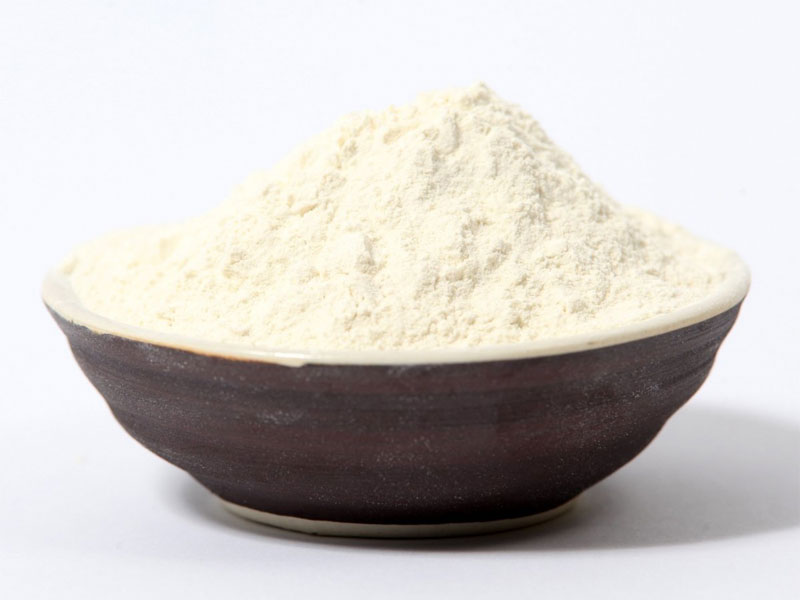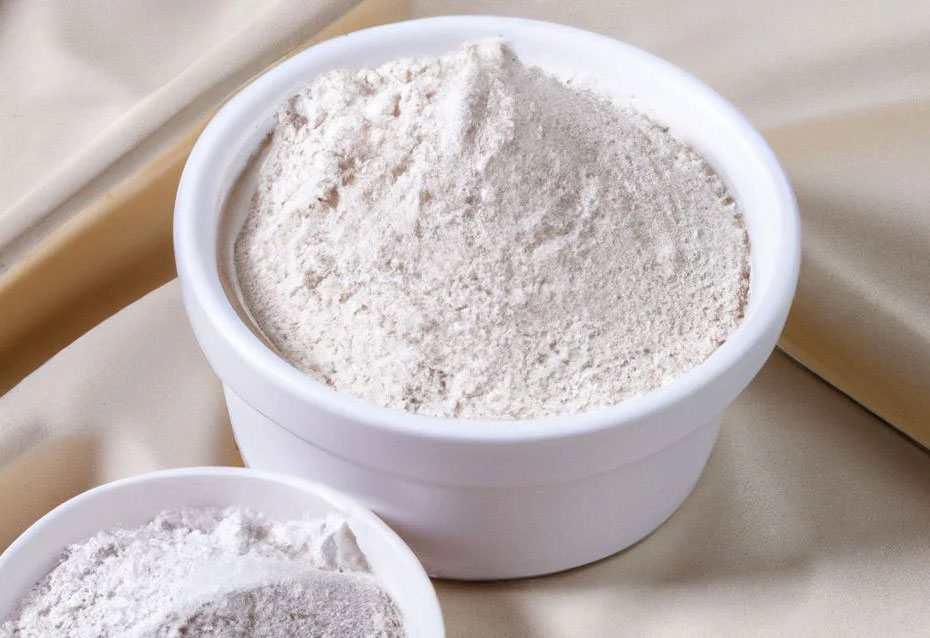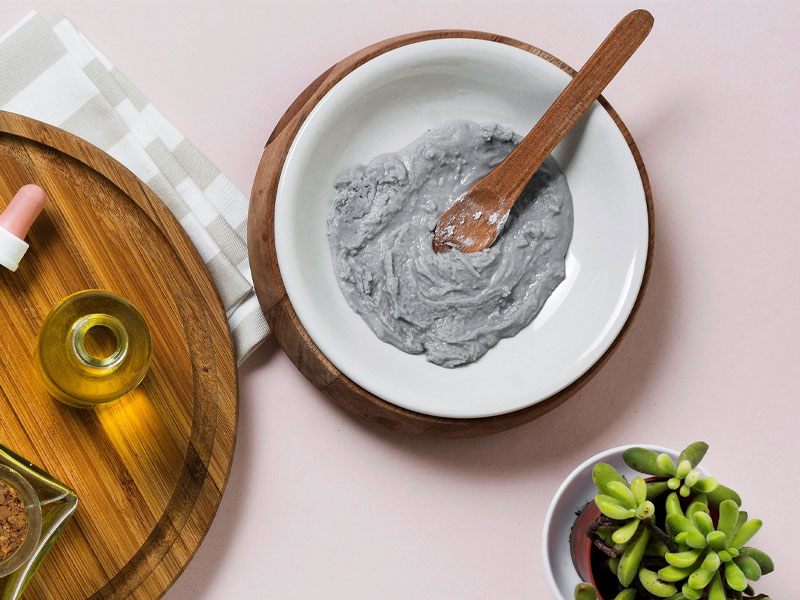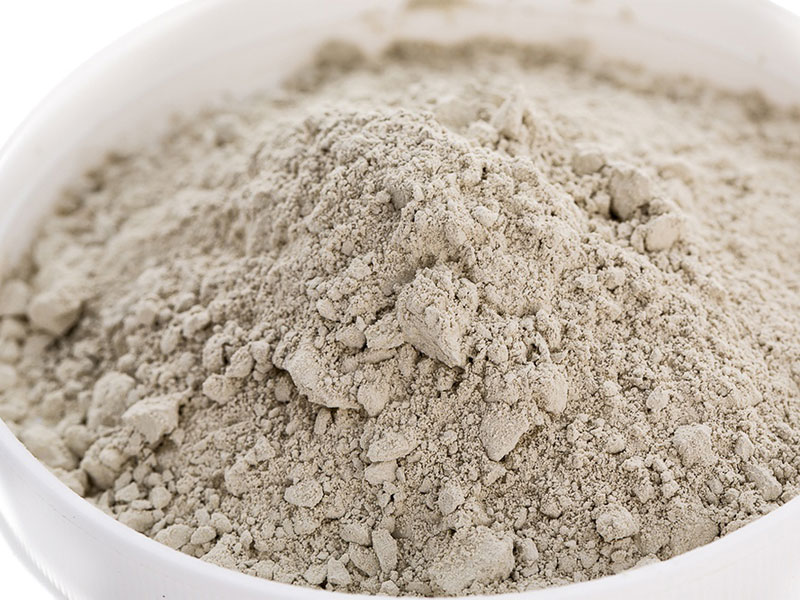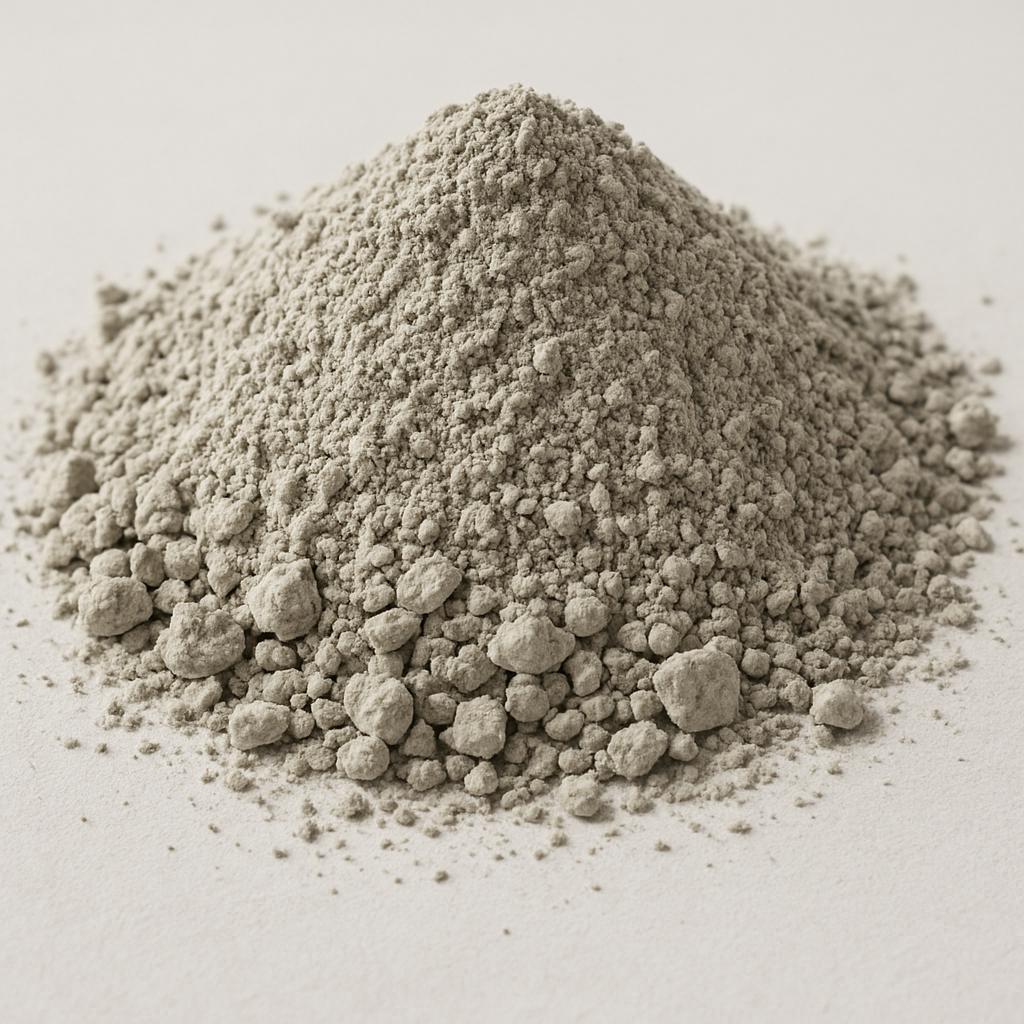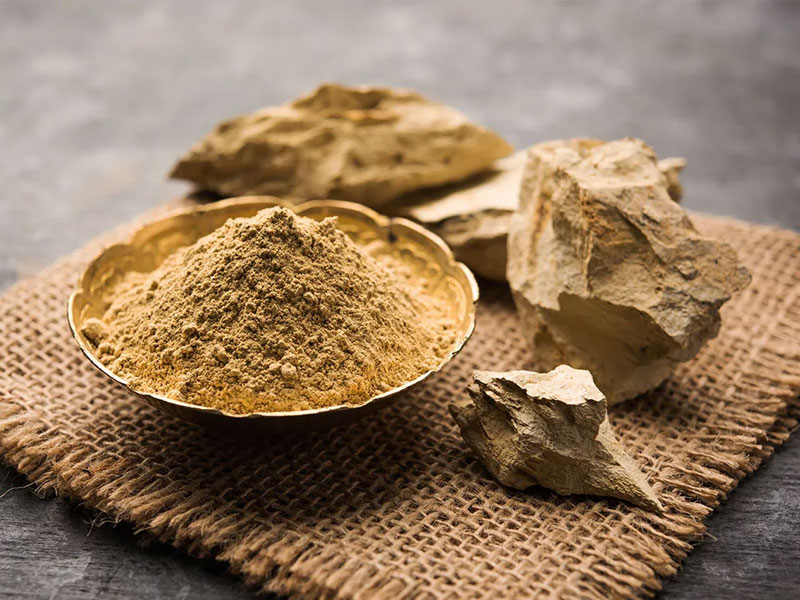What is Kaolin Clay?
Kaolin clay, also known as China clay, is a naturally occurring mineral known for its fine, white, powdery texture. It is found in abundance in various parts of the world and is a significant ingredient in cosmetics, skincare, and even the paper and ceramics industries.
The Types of Kaolin Clay
Kaolin clay comes in different forms. The primary types include white, yellow, pink, and green kaolin. Each type has unique properties and is used for various purposes.
Composition of Kaolin Clay
This clay is primarily composed of the mineral kaolinite, which is a layered silicate. It is white in its purest form, owing to the absence of impurities.
Read More: Salt
How is Kaolin Clay Used?
Kaolin clay is celebrated for its versatility. It is used in skincare products like masks, soaps, and lotions for its gentle exfoliating and oil-absorbing properties. Moreover, it is utilized in the pharmaceutical and food industries.
Kaolin Clay and Health Concerns
Skin Contact
Kaolin clay is generally considered safe when applied topically. It is non-irritating and is used in many skincare products to cleanse and detoxify the skin.
Inhalation
Inhalation of kaolin dust can lead to respiratory irritation. Users are advised to avoid prolonged exposure to airborne kaolin particles.
Kaolin Clay and Cancer
The concern surrounding Kaolin clay and cancer primarily stems from the possibility of inhaling kaolin particles, particularly in industrial settings. Prolonged exposure to airborne kaolin dust can lead to health concerns, including lung-related issues.
Understanding the Cancer Concerns
It’s essential to differentiate between the risks associated with industrial exposure and the occasional use of kaolin clay in skincare. The primary concern revolves around occupational exposure in industries such as mining and ceramics.
Scientific Studies and Research
Scientific research on kaolin clay’s carcinogenicity is limited. Studies mainly focus on occupational exposure and do not provide substantial evidence to link kaolin clay to cancer in skincare products.
Read More: Wikipedia
Regulatory Perspective
Regulatory bodies like the FDA monitor the use of kaolin clay in consumer products. It is generally recognized as safe (GRAS) when used in accordance with regulatory guidelines.
Safe Usage Guidelines
For consumers using kaolin clay in skincare products, following the recommended guidelines and avoiding inhalation of airborne dust is crucial. Always adhere to the manufacturer’s instructions.
Benefits of Kaolin Clay
Despite concerns, Kaolin clay offers several benefits. It is effective in cleansing the skin, absorbing excess oil, and promoting a healthy complexion.
Read More: Barite
Conclusion
In conclusion, the question, “Does Kaolin Clay Cause Cancer?” primarily pertains to industrial exposure. When used as directed in skincare products, kaolin clay is generally safe. It’s essential to exercise caution and follow the recommended guidelines, whether in industrial settings or your daily skincare routine.


